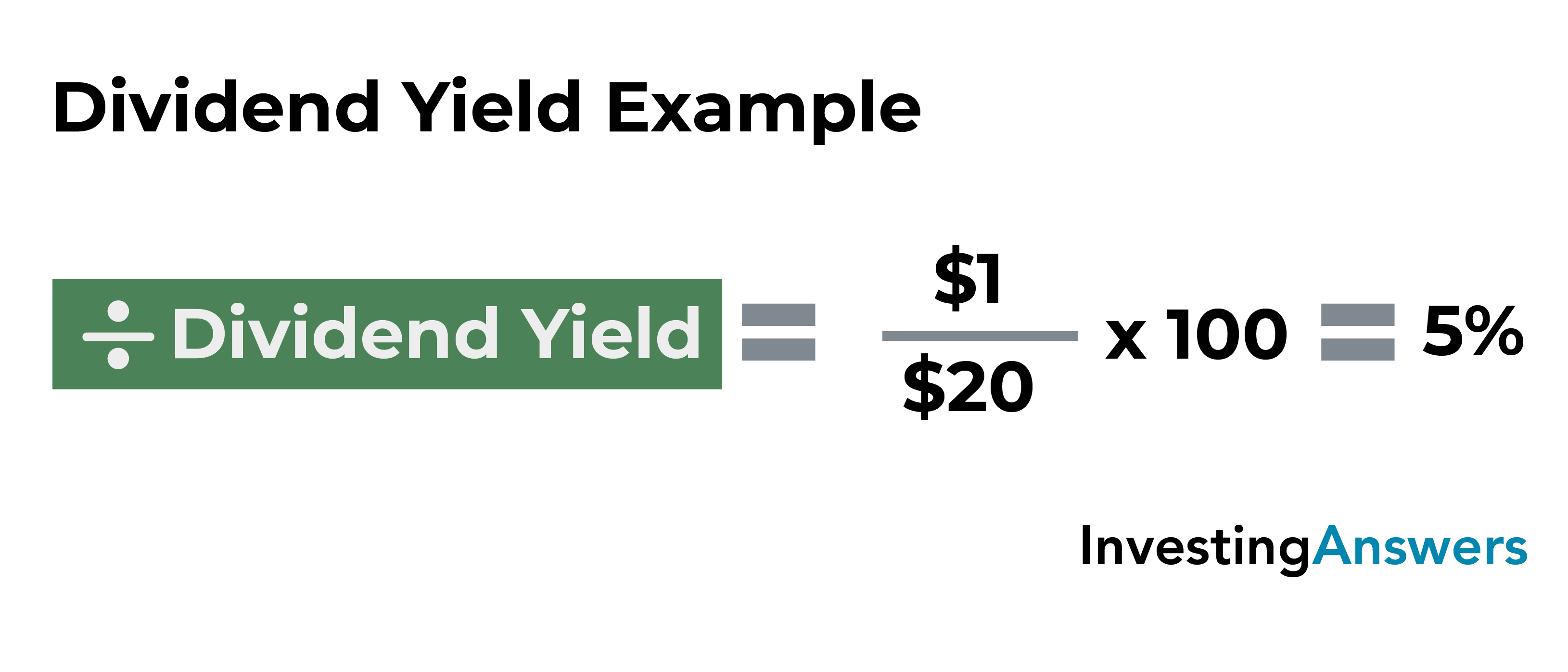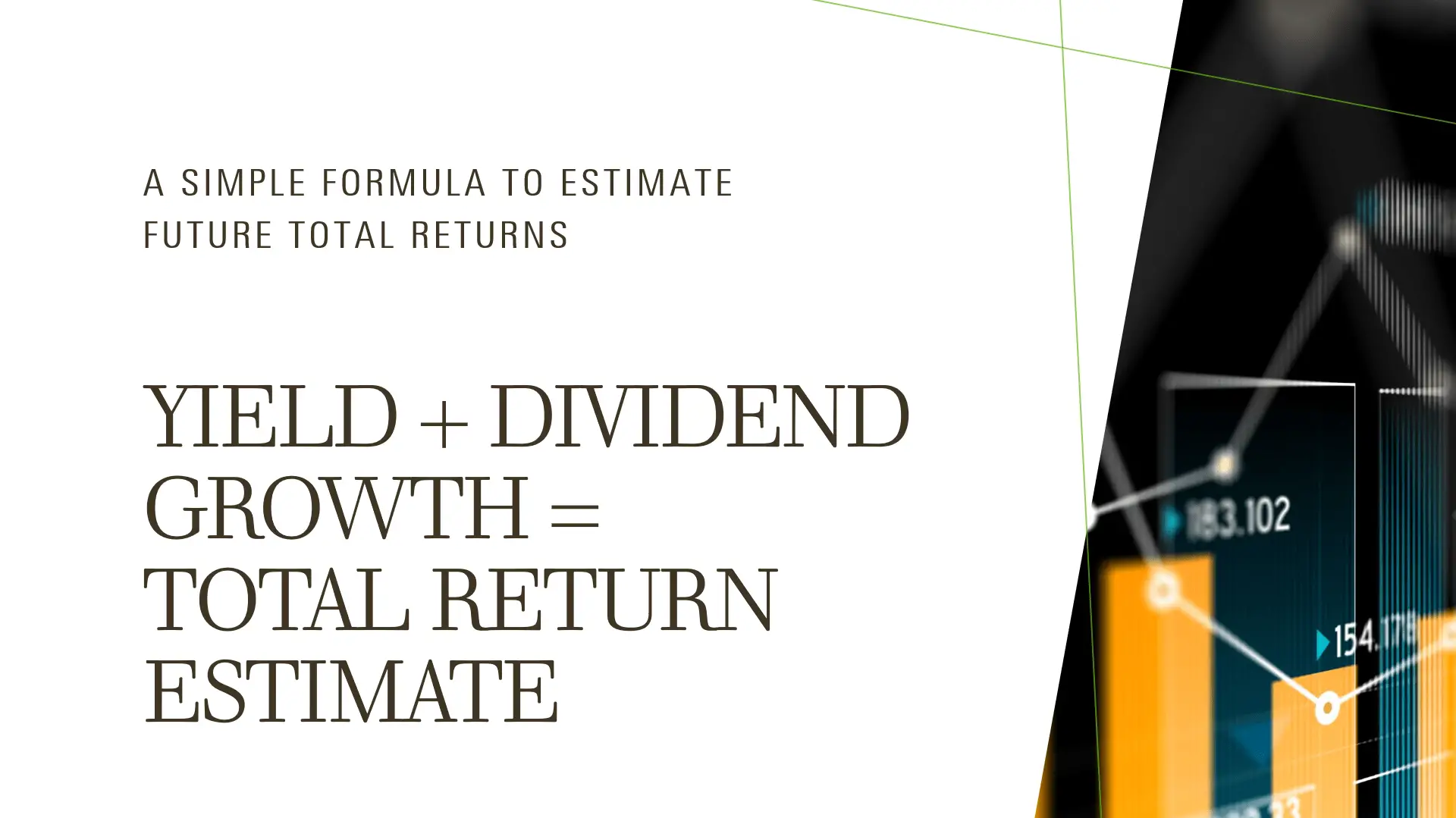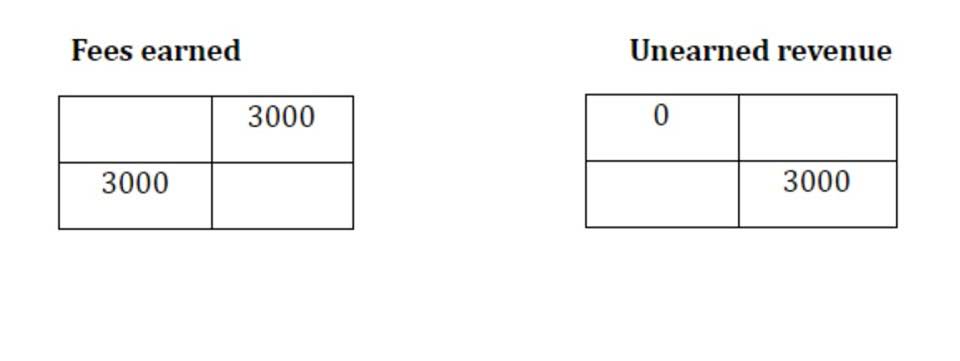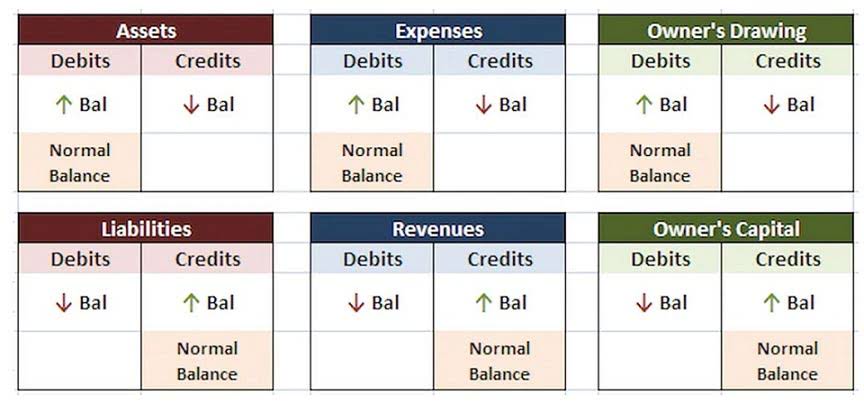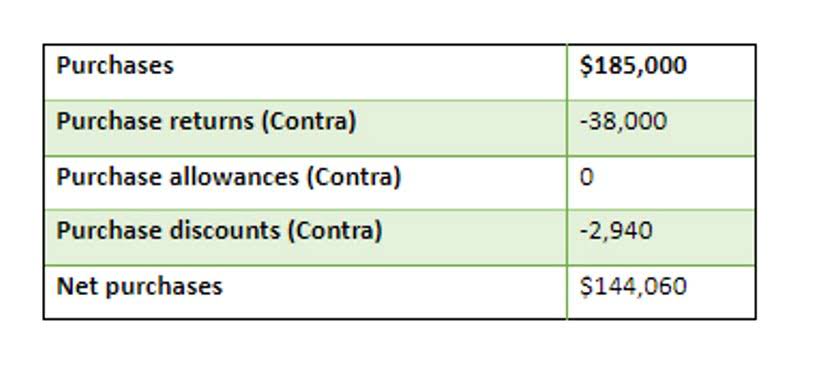What kind of privacy or security measures does your business require (depending on the operations and data that you will share with the outsourced team)? Do you need to outsource common finance and accounting services, or do you need CFO consulting services? These are all factors that you need to consider before you even begin to look at all the financial services available. List out your business needs and always keep them in mind when looking for the perfect outsourcing service. In today’s rapidly evolving business landscape, outsourcing financial services has emerged as a cornerstone strategy for companies aiming to bolster efficiency, minimize costs, and leverage specialized expertise. Financial services provides the agility to scale operations quickly, ensuring that businesses can adapt to changing market conditions, regulatory requirements, or unexpected surges in workload.
However, maintaining an in-house team of finance and accounting professionals can be expensive, especially for most startups and SMBs. A strong finance team is essential to ensure your organization’s financial health and make strategic decisions that drive growth. Partnering with companies like Near enables you to access a pool of highly skilled and cost-effective finance professionals in LatAm, allowing you to focus on core business activities. You lose some control with an outsourced team compared to having a fully in-house finance department who you can mold according to your company’s standards. Thus outsourcing your finance roles could be a risk if you want to have full control over how the company’s finance functions are carried out.
To Hire Quickbooks Consultants
- Ensure open and transparent communication during the RFP (Request for Proposal) process for outsourced financial services.
- Is it safe to entrust such an essential and sensitive aspect of your business to a third party?
- The main goal of business process outsourcing (BPO), as it relates to financial services, is to reduce the need for in-house account services and for expensive accounting software licenses or subscription fees.
- The former focuses on planning and directing financial transactions, while the latter records and reports those transactions.
- This reduces dependency on specific individuals or external providers and enhances overall flexibility.
For decades, business owners have made use of this connectivity for outsourcing, offloading some of their expensive in-house accounting services to more affordable service providers. And beyond cost savings, cost recovery methods by outsourcing financial services tasks, businesses often create the very quality and efficiency they’ve been lacking. Are you looking for complete financial service outsourcing, or do you need to outsource specific tasks?
This comprehensive evaluation ensures that the selected outsource accounting partner possesses the necessary skills and resources to meet specific financial requirements. Examining expertise and alignment with company needs is particularly critical when considering outsource accounting companies, as it directly impacts the precision and effectiveness of financial operations. The latest trends in financial services outsourcing include adopting AI-driven automation, focusing on data security, leveraging cloud technology, and prioritizing regulatory compliance.
In this article, we’ll explore the seven best platforms to outsource financial services. These platforms will be the much-needed lifeline you need to escape the long to-do list of financial tasks, allowing you to focus on what truly matters—growing your business. Outsourcing allows RBI to focus on core functions while benefiting from specialized expertise.
The Complete Guide to Outsourced Finance and Accounting Services
Recently, an increasing number of companies has seen that outsourcing their finance and accounting function is a better, more efficient, and cost-effective financial solution that helps them boost business growth. Let’s take a look at the most significant benefits of outsourcing finance and accounting. Outsourcing is a tried and tested resourcing strategy that typically sees businesses identify repetitive and time-consuming tasks and assign them to third-party team members in another location. With many aspects of finance and accounting fitting the bill as transactional and/or rules-based, such jobs lend themselves to outsourcing and, in turn, ease the pressure on small and medium-sized businesses. Whether you’re a startup aiming to minimize overhead costs or a seasoned enterprise seeking to focus on core competencies, outsourcing finance and accounting offers a myriad of benefits. Non-finance companies can also choose to outsource internal financial processes to reap its benefits versus in-house operations.
What are the benefits of outsourcing finance and accounting?
Explore the comprehensive range of outsourced financial services to streamline operations, ensure compliance, and drive sustained growth in today’s dynamic business landscape. Before financial services, businesses should conduct thorough due diligence to ensure that potential outsourced partners have a strong track record of compliance with industry-specific regulations. This strategic approach enhances efficiency and maintains a high standard of financial transparency. Establish mechanisms for monitoring global regulatory changes, including those relevant to outsourced financial services.
In summary, the future of financial services outsourcing will be shaped by the integration of advanced technologies, adherence to evolving regulations, and the adoption of flexible and collaborative outsourcing models. The industry is poised for a dynamic transformation, driven by a combination of technological innovation and strategic adaptation to regulatory changes. Moreover, outsourcing in financial services is often driven by the need to adapt to regulatory changes and technological advancements.
Finally, you don’t have to worry about churn, as manpower can be under the full responsibility of your partner. It’s normal to have hesitations towards financial services outsourcing, especially for a company that’s unfamiliar with outsourcing. After all, financial management is vital for every business; it can make or break a company. Large organizations looking to outsource, for example, might have doubts about whether finance BPO providers can handle—let alone understand—their complex systems.

